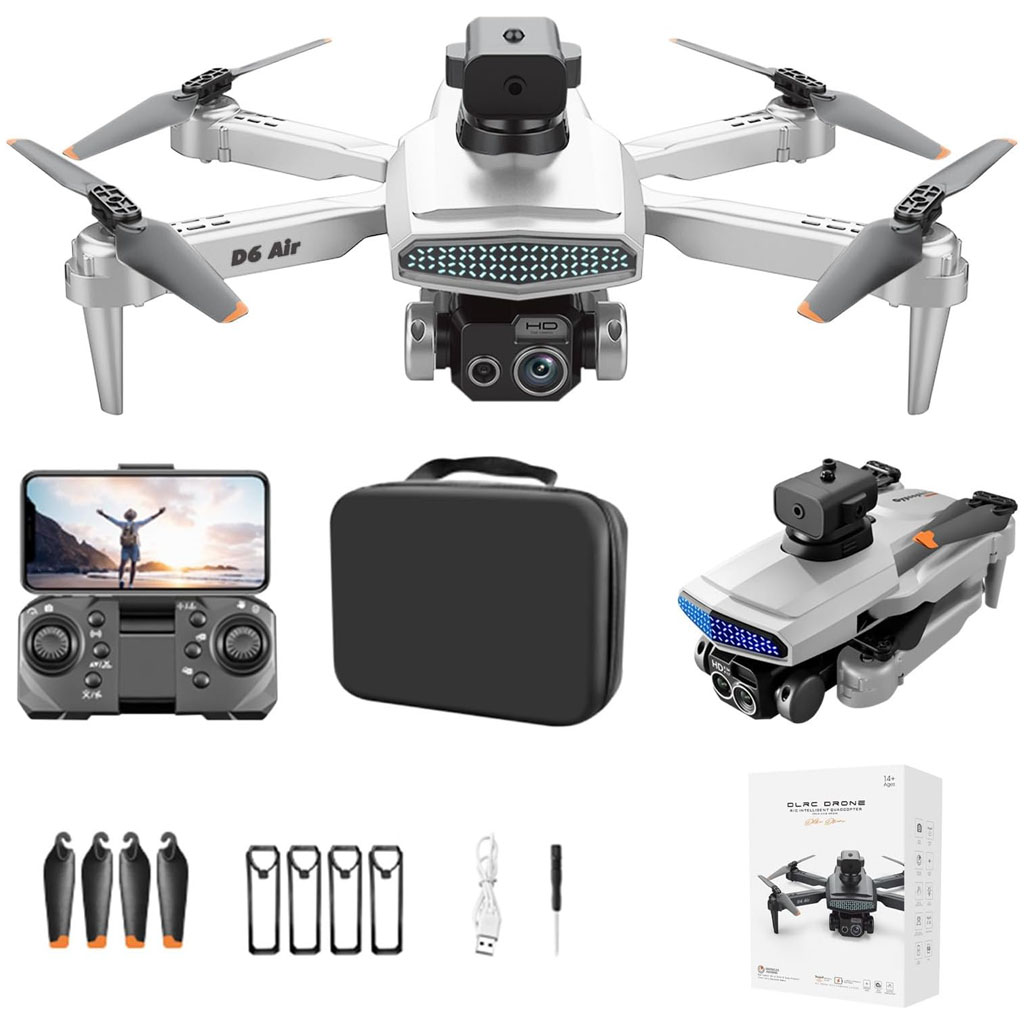
Last Updated | November 30, 2023
In the swiftly transforming realm of e-commerce, Shopify store owners must remain at the forefront of innovation. As technology continues to shape the online landscape, staying informed about the latest trends in Shopify development is crucial for maintaining competitiveness and ensuring an exceptional user experience. This comprehensive exploration delves into the top Shopify development trends expected in 2024, offering insights into how these advancements can elevate online stores to new heights.
Read Also: How To Hire Someone To Build Shopify Store
Advanced AI Integration
As we enter 2024, a groundbreaking epoch unfolds with advanced Artificial Intelligence (AI) integration revolutionizing Shopify development. AI, a transformative force across diverse industries, is poised to elevate e-commerce operations to unprecedented heights. Expect a paradigm shift with personalized product recommendations, AI-driven chatbots revolutionizing customer support, and cutting-edge inventory management and demand forecasting. These innovative strides are not merely enhancements; they signify a profound transformation in processes, promising a redefined customer experience to reshape how Shopify stores interact with their valued clientele.
The impact of AI in 2024 is not a speculative forecast; it’s a data-driven narrative. According to industry reports, businesses leveraging AI in their e-commerce strategies witness a notable surge in customer engagement and satisfaction. Personalized product recommendations, powered by AI algorithms analyzing customer behavior, result in a substantial increase in conversion rates. This tangible impact underscores the imperative for Shopify store owners to embrace AI as a cornerstone of their developmental strategies. Moreover, AI-driven chatbots stand out as game-changers in customer support. Statistics reveal that businesses incorporating AI-powered chatbots experience a significant reduction in response times, leading to improved customer satisfaction. The ability of these chatbots to comprehend and respond to customer queries with precision contributes to a seamless and efficient support system, fostering trust and loyalty among consumers.
The sophistication of AI extends to inventory management and demand forecasting, addressing longstanding challenges in the e-commerce domain. The predictive capabilities of AI algorithms enable Shopify stores to optimize inventory levels, minimize stockouts, and accurately anticipate consumer demand. This streamlines operational processes and translates into tangible financial benefits, reducing excess inventory costs while ensuring products are available when customers seek them.
Mobile-First Design
In an era where smartphones reign supreme, the significance of maintaining a mobile-friendly online store transcends mere choice; it has evolved into an absolute imperative for businesses. As we venture into 2024, the spotlight on mobile-first design is poised to become even more pronounced. Shopify store owners are compelled to place mobile optimization at the forefront of their strategies, ensuring a seamless continuum of browsing and shopping experiences across a diverse array of devices. Within this paradigm, pivotal factors such as responsive design, expeditious loading times, and instinctive navigation take center stage, formulating the bedrock for comprehensive and effective mobile optimization strategies. The prevalence of smartphone usage is not merely anecdotal; it’s substantiated by compelling statistics. Recent studies underscore that over 70% of global e-commerce traffic is generated through mobile devices, illuminating the absolute dominance of smartphones in shaping online consumer behavior. This data serves as a clarion call for Shopify store owners, emphasizing the criticality of aligning their design principles with the preferences and habits of the modern-day online shopper.
Furthermore, the tangible impact of mobile-first design on business outcomes is quantifiable. Websites optimized for mobile devices witness higher conversion rates, reduced bounce rates, and increased user engagement. Responsive design, a cornerstone of mobile-first strategies, ensures that the online store seamlessly adapts to various screen sizes and resolutions, providing a consistent and visually appealing experience for users regardless of the device they use. Fast loading times on mobile devices are not just a luxury; they are a prerequisite for customer retention. Studies indicate that a significant percentage of users abandon a website if it takes more than three seconds to load on their mobile devices. This underscores the criticality of optimizing not only the design but also the performance aspects of a Shopify store for mobile users.
Intuitive navigation is another linchpin in the mobile-first design ethos. User-friendly interfaces that prioritize simplicity and ease of navigation contribute significantly to a positive user experience. This is not merely about aesthetics; it’s about ensuring that users can seamlessly navigate through product catalogs, make purchases, and engage with the content without encountering friction points.
Augmented Reality Shopping Experiences
The infusion of Augmented Reality (AR) technology is not just altering but revolutionizing the landscape of online shopping. As we approach 2024, brace yourself for a substantial surge in Shopify stores seamlessly integrating AR shopping experiences into their platforms. This transformative shift empowers customers to go beyond merely browsing products; they can now visualize items in their physical space or virtually try on clothing, amplifying their confidence in making informed purchasing decisions. The potential of AR extends far beyond mere visualization; it holds the promise of delivering truly immersive and interactive shopping experiences, effectively bridging the longstanding gap between the realms of online and in-store shopping.
The trajectory of Augmented Reality adoption in e-commerce is not speculative; it’s substantiated by empirical evidence. Market research indicates a substantial uptick in consumer interest and engagement when AR is incorporated into the shopping experience. A noteworthy percentage of consumers express a preference for brands that offer AR features, underlining the pivotal role AR plays in influencing purchasing decisions and enhancing brand loyalty. In 2024, the integration of AR transcends being a novelty; it becomes a strategic imperative for Shopify store owners. The prospect of customers virtually placing furniture in their living rooms, trying on eyeglasses, or previewing how a piece of art complements their space creates a personalized and interactive dimension to online shopping. This, in turn, significantly reduces the uncertainty associated with online purchases, addressing a longstanding challenge in the e-commerce ecosystem.
Moreover, the impact of AR on conversion rates is palpable. Businesses incorporating AR experiences witness a notable surge in conversion rates, as customers are not merely browsing but actively engaging with products in a virtual context. This heightened engagement translates into a tangible increase in sales and revenue, positioning AR as a formidable catalyst for business growth in the online retail landscape. The transformative potential of AR extends beyond individual transactions; it contributes to the broader narrative of shaping customer perceptions and brand positioning. Shopify stores that embrace AR not only offer a differentiated shopping experience but also position themselves as forward-thinking, tech-savvy brands attuned to the evolving needs and expectations of modern consumers.
Enhanced Security Features
In an epoch dominated by ever-evolving cyber threats, the imperative of safeguarding customer data has reached unparalleled heights. As we step into 2024, the trajectory of Shopify development trends converges on a singular focal point — the implementation of enhanced security features. Beyond a mere fad, this strategic emphasis is a proactive response to the escalating sophistication of cyber threats, ensuring a robust defense against potential breaches. Anchored in customer trust and data protection principles, the integration of secure payment gateways, SSL certificates, and two-factor authentication emerges as a pivotal force in fortifying the Shopify development landscape.
The urgency surrounding cybersecurity in 2024 is not arbitrary but is underscored by a data-driven narrative. Statistics reveal a marked increase in cyber threats targeting e-commerce platforms, with a significant rise in the frequency and sophistication of attacks. E-commerce businesses, in particular, become prime targets due to the treasure trove of sensitive customer data they handle, ranging from personal information to financial details. This stark reality accentuates the criticality of acknowledging the threat landscape and actively fortifying digital fortresses against potential intrusions.
Secure payment gateways stand as the first line of defense, serving as a shield against unauthorized access and financial fraud. As per industry reports, integrating secure payment gateways significantly reduces the risk of payment-related breaches, contributing to a safer and more trustworthy online shopping environment. Customer trust, a cornerstone of e-commerce success, is intricately tied to the perception of a secure and reliable payment ecosystem.
SSL certificates, a non-negotiable component of web security, encrypt data transmissions between the user’s browser and the server. Beyond the conventional benefits of ensuring data integrity and confidentiality, SSL certificates contribute to a positive user experience by signaling a secure connection. In an era where online consumers are increasingly security-conscious, SSL certificates not only safeguard sensitive data but also foster a sense of confidence and trust.
Two-factor authentication (2FA) emerges as a dynamic and adaptive security measure, adding a layer of defense against unauthorized access. The efficacy of 2FA is substantiated by its proven track record in mitigating the risks associated with compromised passwords. By requiring users to authenticate their identity through multiple verification methods, Shopify development integrates a robust defense mechanism that significantly reduces the likelihood of unauthorized account access.
Improved Checkout Processes
Within the expansive realm of online commerce, the checkout process emerges as an unequivocal linchpin, dictating the trajectory of customer interactions and business outcomes. As we embark on the journey of 2024, Shopify development takes center stage in prioritizing the enhancement and streamlining of the customer checkout experience. This strategic focus transcends mere operational efficiency; it is a concerted effort to address the perennial challenges of cart abandonment rates and bolster conversion rates, thus reshaping the landscape of online retail. The urgency surrounding the optimization of the checkout process in 2024 is grounded in tangible data and consumer behavior patterns. Studies indicate that a substantial percentage of online shoppers abandon their carts during checkout, citing reasons ranging from complicated procedures to prolonged steps. This alarming trend represents a lost sales opportunity and underscores the critical need to reevaluate and enhance the checkout journey.
The commitment to streamlining the checkout experience translates into a commitment to combating cart abandonment rates. Industry statistics indicate that businesses prioritizing a simplified and user-friendly checkout process witness a notable reduction in cart abandonment rates. Implementing features such as one-click payments and guest checkout options significantly expedites the transaction process, mitigating friction points, and ensuring a more seamless journey from cart to completion. Beyond the reduction in cart abandonment rates, optimizing the checkout process is a potent catalyst for improving conversion rates. A seamless and user-friendly checkout experience creates a positive impression, fostering a sense of trust and convenience for the customer. Studies show a direct correlation between enhanced checkout experiences and increased conversion rates, highlighting the strategic impact of prioritizing this aspect of Shopify development.
Integrating multiple payment options and compatibility with popular payment gateways further elevates the checkout experience. Consumer preferences for payment methods vary, and businesses that offer flexibility in payment options witness a positive impact on customer satisfaction and loyalty. Additionally, ensuring compatibility with popular payment gateways enhances the overall reliability and trustworthiness of the checkout process.
Conclusion
As we enter 2024, Shopify store owners must proactively embrace the latest development trends to stay ahead in the dynamic e-commerce landscape. Advanced AI integration, mobile-first design, augmented reality shopping experiences, enhanced security features, and improved checkout processes are poised to reshape the industry. By incorporating these trends, your online store can stay competitive and provide an unparalleled user experience. Keep learning, stay ahead of the curve, and witness your business thrive in the ever-evolving world of e-commerce.
Read Also: Shopify Development Roadmap: Key Milestones and Best Practices
FAQs: Navigating Shopify Development Trends
Question 1: How can AI integration benefit my Shopify store?
Advanced AI integration enhances customer experience through personalized recommendations, efficient customer support chatbots, and streamlined inventory management, contributing to overall operational excellence.
Question 2: Why is mobile-first design crucial for Shopify stores in 2024?
With the increasing reliance on smartphones, prioritizing mobile optimization ensures seamless browsing and shopping experiences, catering to the evolving preferences of online shoppers.
Question 3: How does augmented reality impact customer confidence in online purchases?
Augmented reality shopping experiences allow customers to visualize products in their physical space, facilitating more confident purchasing decisions by providing a tangible product feel.
Question 4: What security measures should my Shopify store implement in 2024?
Enhanced security features, such as secure payment gateways, SSL certificates, and two-factor authentication, are crucial to protect customer data and maintain trust.
Question 5: How can improved checkout processes boost conversion rates?
Streamlined and user-friendly checkout processes, including one-click payments and guest checkout options, reduced cart abandonment rates, and improved overall conversion rates.
Embracing the Future with Shopify Development Company Folio3
Partnering with a reliable Shopify development company in this ever-changing landscape is paramount. Folio3, a leading name in the industry, offers expertise and services tailored to businesses looking to capitalize on Shopify’s potential. By aligning with Folio3, you ensure that your online store is not just prepared for 2024 but is poised to thrive in the years beyond. Stay ahead, embrace innovation, and entrust your Shopify development journey to the experts at Folio3. Your e-commerce success story awaits!
Source: https://ecommerce.folio3.com/blog/shopify-development-trends/






